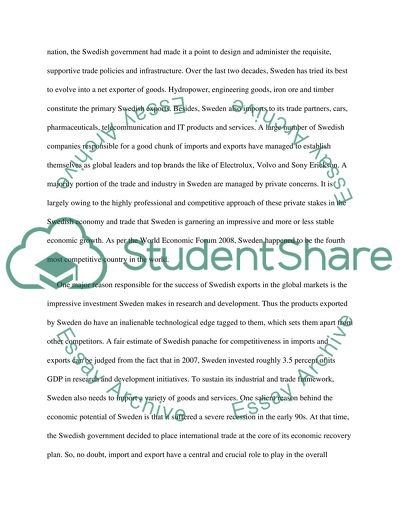Cite this document
(“Impact of import and export on the economic growth of Sweden Literature review”, n.d.)
Retrieved from https://studentshare.org/macro-microeconomics/1412609-impact-of-import-and-export-on-the-economic-growth-of-sweden
Retrieved from https://studentshare.org/macro-microeconomics/1412609-impact-of-import-and-export-on-the-economic-growth-of-sweden
(Impact of Import and Export on the Economic Growth of Sweden Literature Review)
https://studentshare.org/macro-microeconomics/1412609-impact-of-import-and-export-on-the-economic-growth-of-sweden.
https://studentshare.org/macro-microeconomics/1412609-impact-of-import-and-export-on-the-economic-growth-of-sweden.
“Impact of Import and Export on the Economic Growth of Sweden Literature Review”, n.d. https://studentshare.org/macro-microeconomics/1412609-impact-of-import-and-export-on-the-economic-growth-of-sweden.


